WLAN Discovery
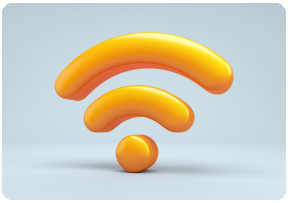
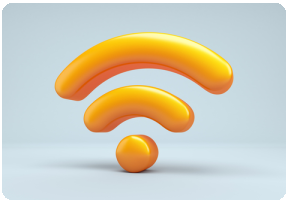 Our development team has completed the WLAN discovery within our Networking Add-On. This has been the last implementation step for the coming major release 3.0.
Our development team has completed the WLAN discovery within our Networking Add-On. This has been the last implementation step for the coming major release 3.0.
There are plenty of WLAN tools out there on the internet. However, they usually focus on WLANs received by a single PC or laptop. But there are many good reasons for administrators to get an overview over their WLAN infrastructure.
Questions such as “What is the average signal strength received by users?”, “What is the average transfer rate?” are related to the quality of your wlan service while others such as “Are there any clients connected to hotspots of their mobile devices such as smartphones or tablet computers while they are connected to the corporate network?” or “Which WLANs are still using WEP as their encryption algorithm?” are related to security. JDisc has extended its networking add-on to get the information to answer those questions.
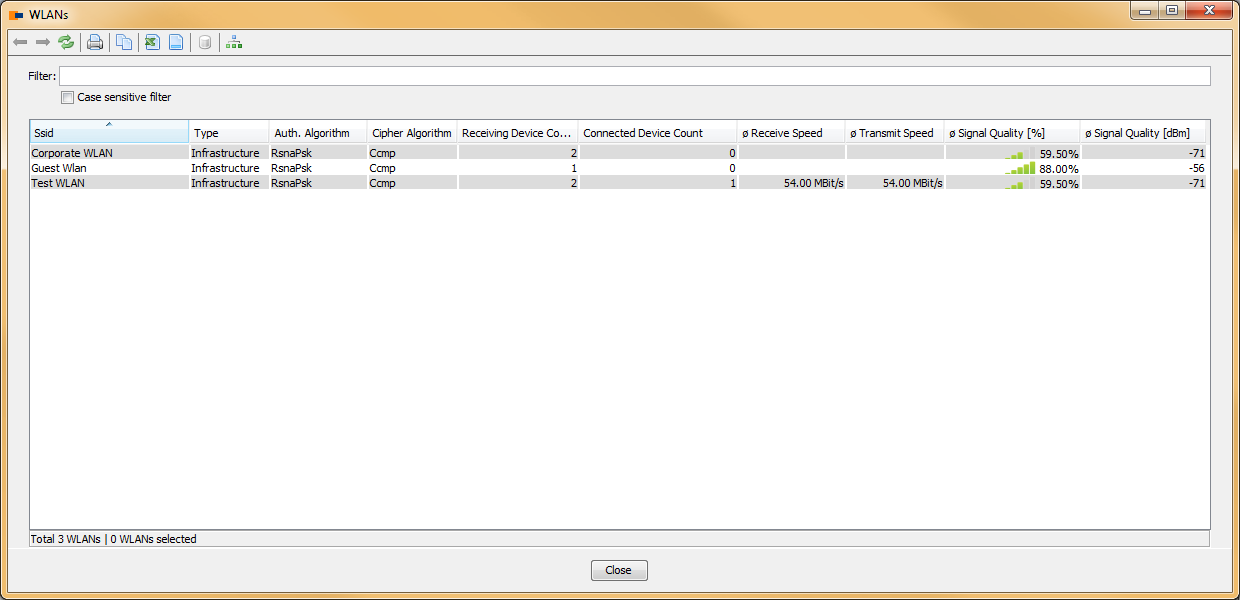
For every Windows computer on the network we are collecting the following information:
- The list of WLANs including signal strength received by the device
- The signal strength of all access points nearby
- The WLAN to which the device is connected to.
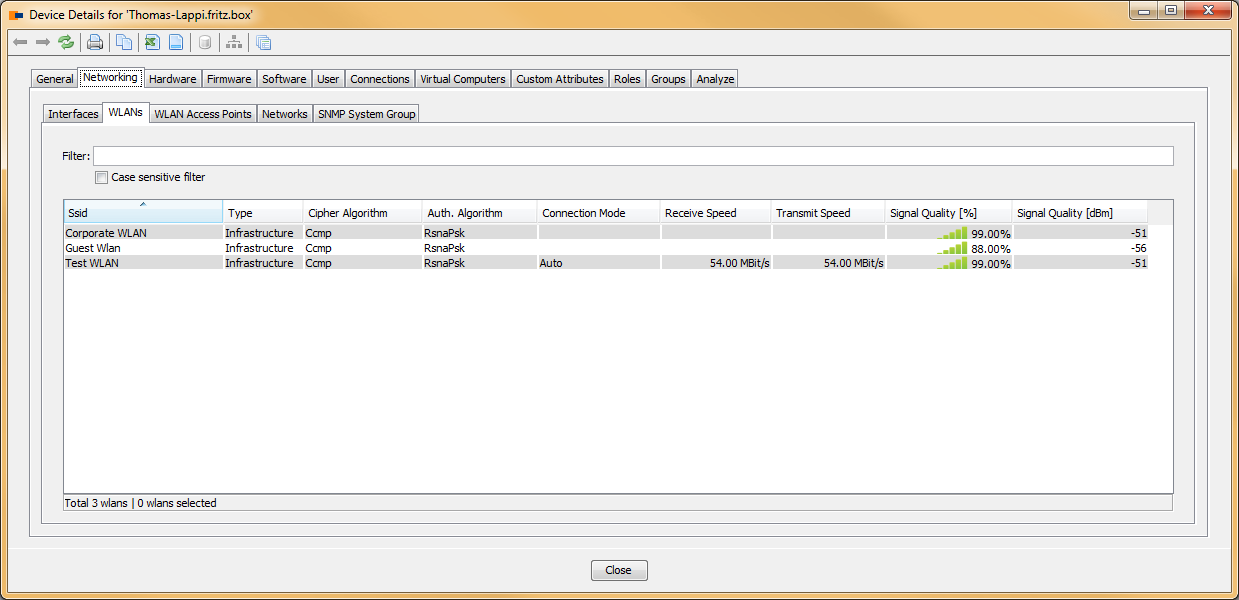
All that sounds not too complicated and one might think that this is just some basic WMI information provided by each Windows computer. However it turned out, that WMI provides classes for this information, but this information is rarely populated by the WLAN network driver. That’s again when our remote login agent for Windows comes into play. Our remote login agent gets deployed for the duration of the scan and allows the execution of commands locally on the target device. That lets us collect information that is not exposed by standard protocols such as SNMP or WMI.
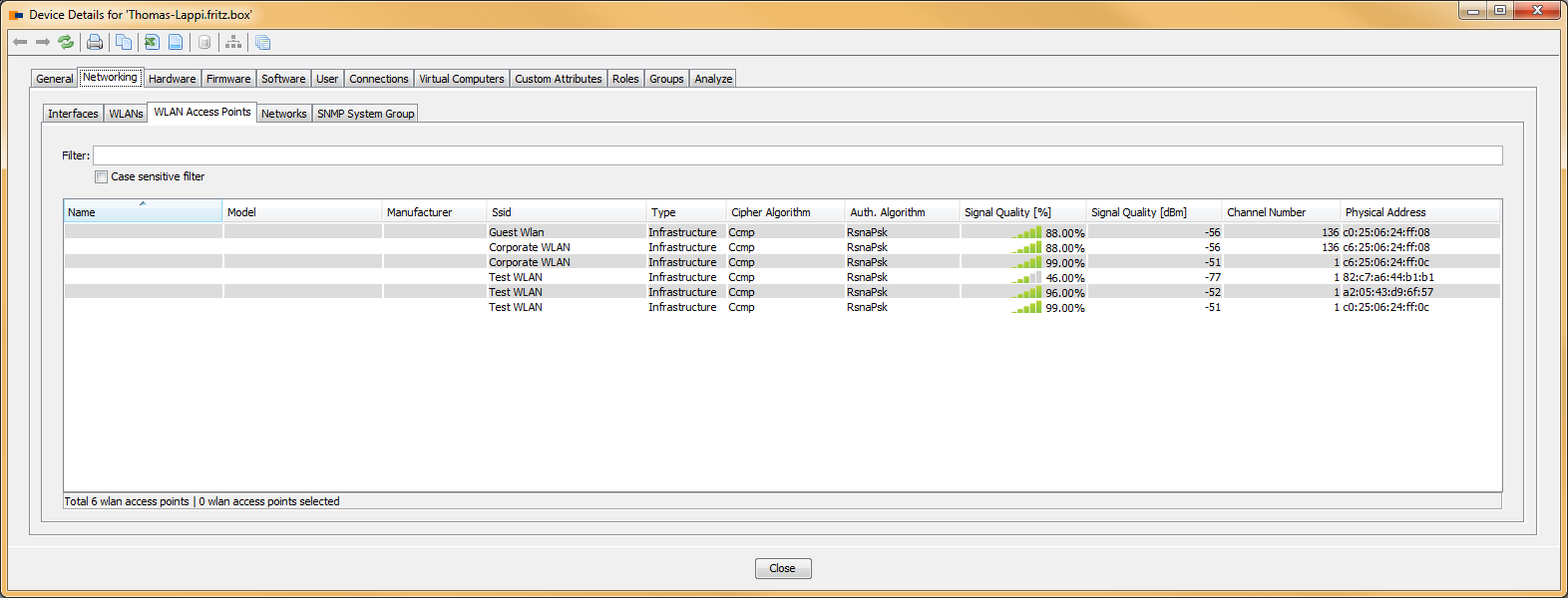
We hope that you will like this new feature coming in a couple of weeks with JDisc Discovery 3.0. But that’s not all we can do for your WLAN infrastructure. As one of the next steps, we will scan the WLAN controller and WLAN access points connected to the controllers and the WLAN topology will become part of the graphical topology view.
